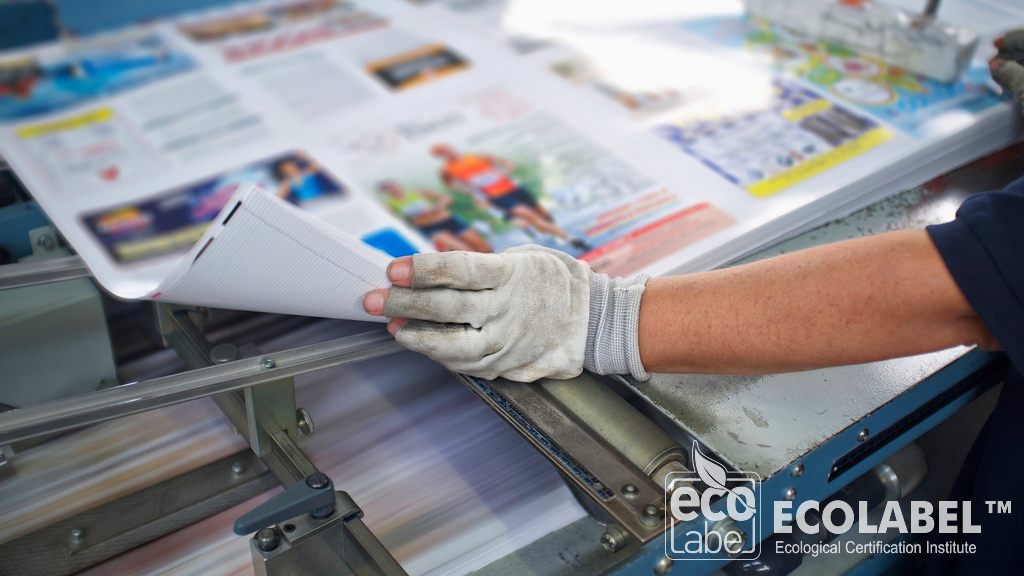Eco Label
Certification
Contact Us
- Mahmutbey Neighborhood
- Dilmenler Cd, No: 2
- Bagcilar, 34218
- Istanbul Turkey
- +90 212 702 20 00
- [email protected]
ECO Label ™ International Certification © 2021 ecolabel.org
Printed materials such as newspapers, magazines, books, catalogs, prospectuses, advertising supplements, brochures, flyers, calendars, instructions for use, posters and billboards are widely distributed. Energy and resources such as paper and ink are required for their production. The printing process and cleaning machines can result in the emission of ozone and volatile organic solvents that contribute to the production of "summer smoke".

Comparing their impact on ecological systems, paper products made from recycled paper perform significantly better than paper products made from predominantly virgin fibers in terms of resource use, waste water load, and water and energy consumption. Especially in ecosystems such as forests and the reduction of waste during the production of printed materials, the use of highly recycled paper contributes to the conservation of resources.
In addition, the printed material must allow recycling of paper fibers using appropriate inks, varnishes, and adhesives. Optimizing procedures during printing can also reduce energy use, waste paper, and air and water emissions.
ECO LABEL certified printed materials are therefore an environmentally friendly alternative to standard printed material available on the market. Optimizing procedures during printing can also reduce energy use, waste paper, and air and water emissions. Printed material owned by ECO LABEL is therefore an environmentally friendly alternative to standard printed material available on the market. Optimizing procedures during printing can also reduce energy use, waste paper, and air and water emissions.